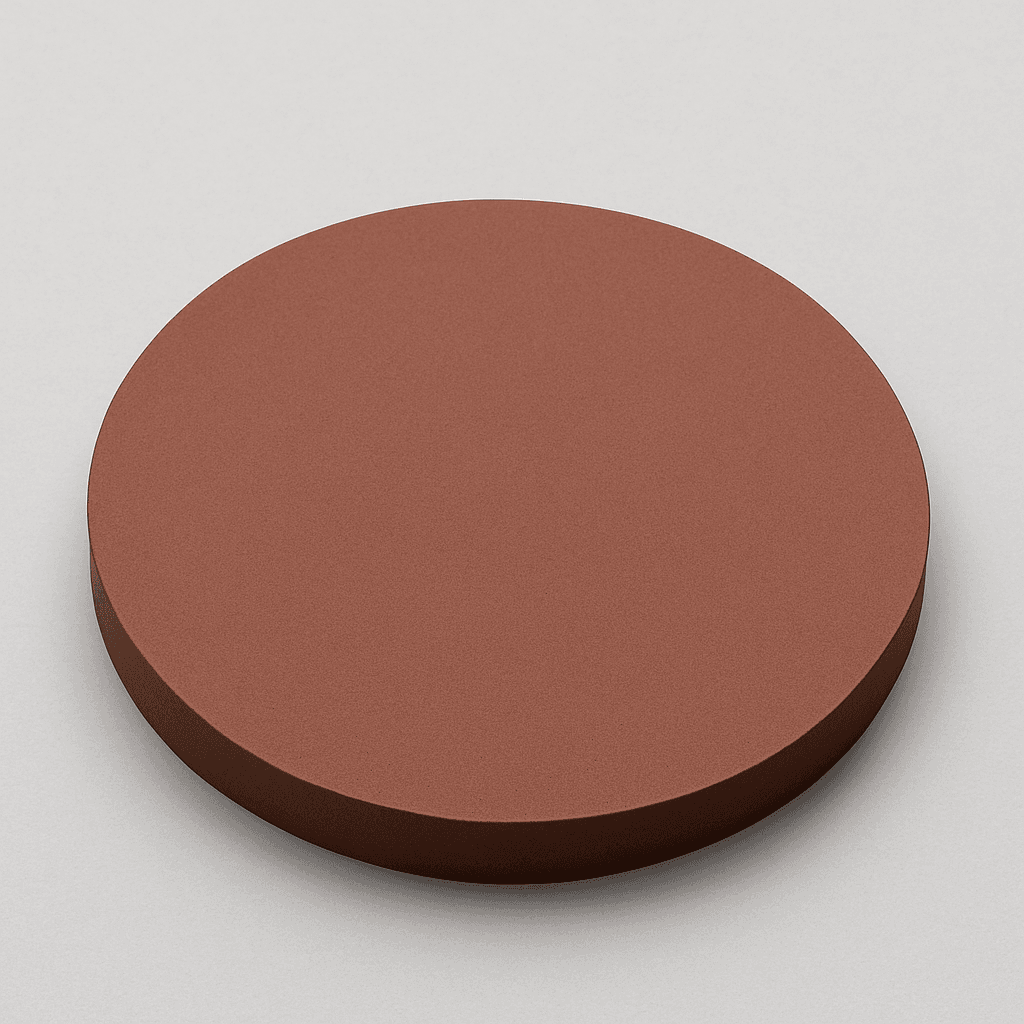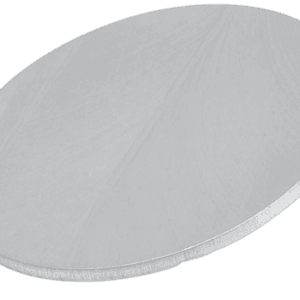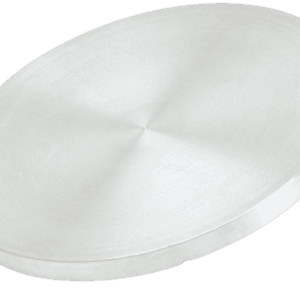Thulium Iron Garnet Sputtering Target | Tm₃Fe₅O₁₂ Ceramic Target for Thin Film Deposition
The Thulium Iron Garnet (Tm₃Fe₅O₁₂) Sputtering Target from TFM is engineered for precision deposition in high-performance magneto-optical and photonic devices. This advanced ceramic material exhibits outstanding Faraday rotation, low optical absorption, and excellent thermal stability—making it ideal for thin films used in optical isolators, circulators, waveguides, and spintronic components.
Manufactured using high-purity precursors and optimized sintering processes, TFM’s Thulium Iron Garnet sputtering targets deliver high density, uniform grain structure, and excellent film-forming characteristics in both RF and DC magnetron sputtering systems.
Product Details:
Chemical Formula: Tm₃Fe₅O₁₂
Purity: ≥99.9% (3N+)
Form: Ceramic, high-density target
Crystal Structure: Cubic garnet
Standard Sizes: 1″, 2″, 3″, 4″ diameter; 0.125″ or 0.250″ thick
Bonding Options: Indium bonding to copper backing plates available upon request
Surface Finish: Fine-polished, ready for deposition
Key Features:
High Faraday rotation for non-reciprocal optical devices
Low optical loss and high transparency in the near-IR to visible range
Stable under high-temperature sputtering environments
Compatible with RF sputtering systems
Applications:
Optical isolators and circulators in fiber optic systems
Magneto-optical data storage and recording media
Spintronic and magneto-optical sensors
Research in integrated photonics and quantum optics
Packaging:
Each target is individually packaged in a vacuum-sealed cleanroom pouch with ESD protection and foam padding, ensuring it arrives contamination-free and ready for immediate use.
Ordering & Customization:
TFM supports custom dimensions, bonding configurations, and dopant modifications based on your research or production needs. Contact our technical team for guidance on selecting the right Thulium Iron Garnet target for your deposition system.





Reviews
There are no reviews yet.